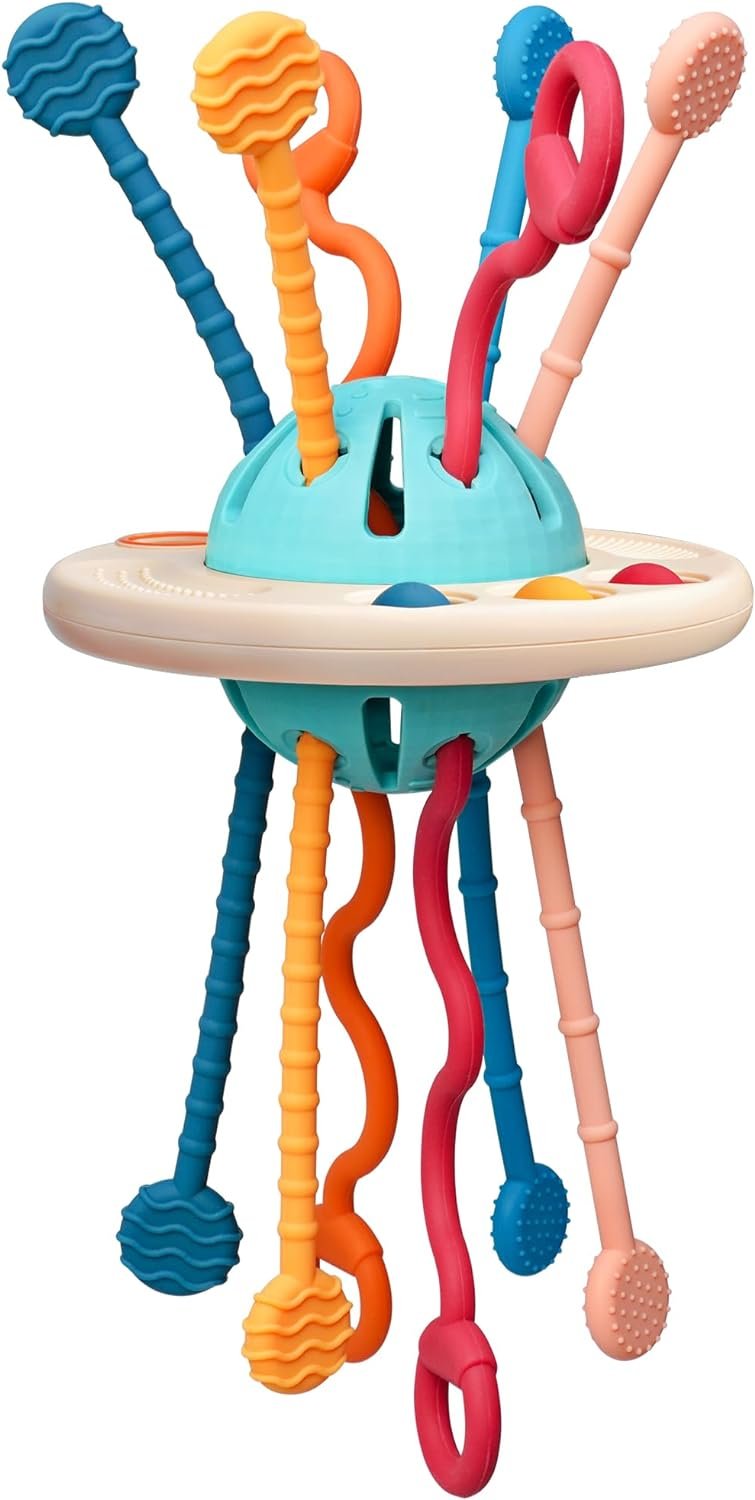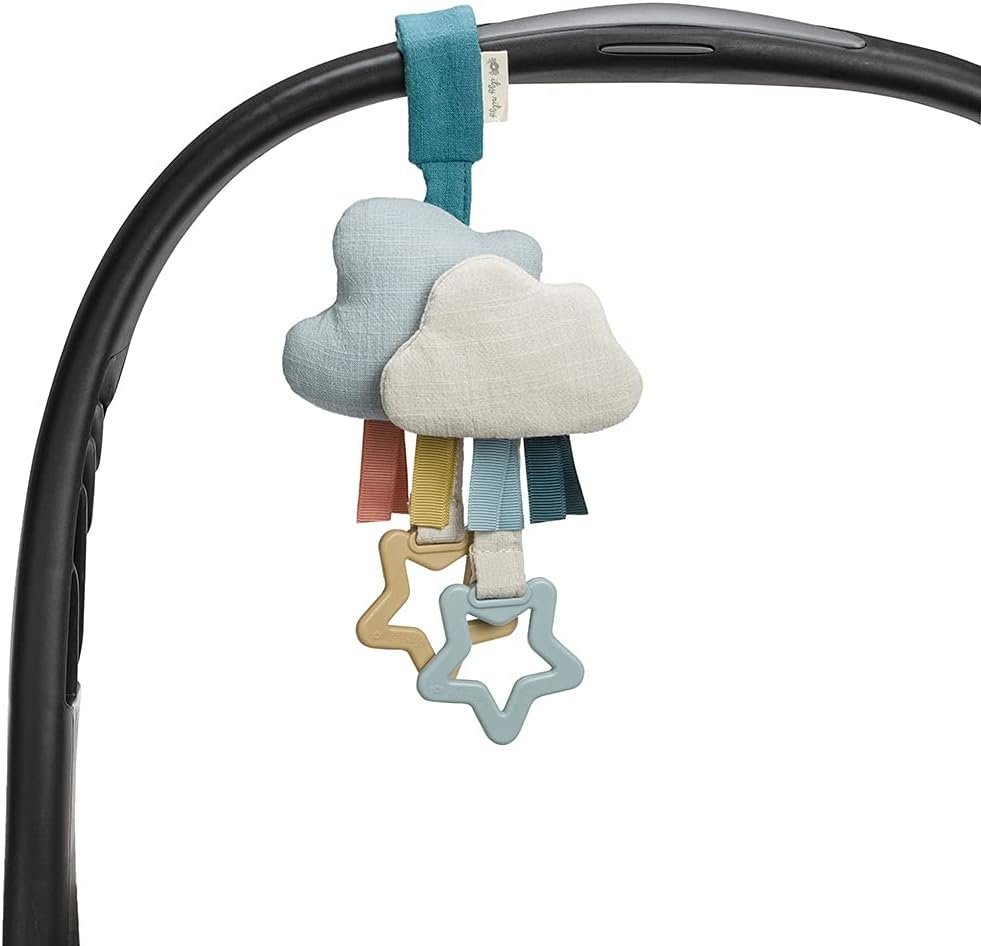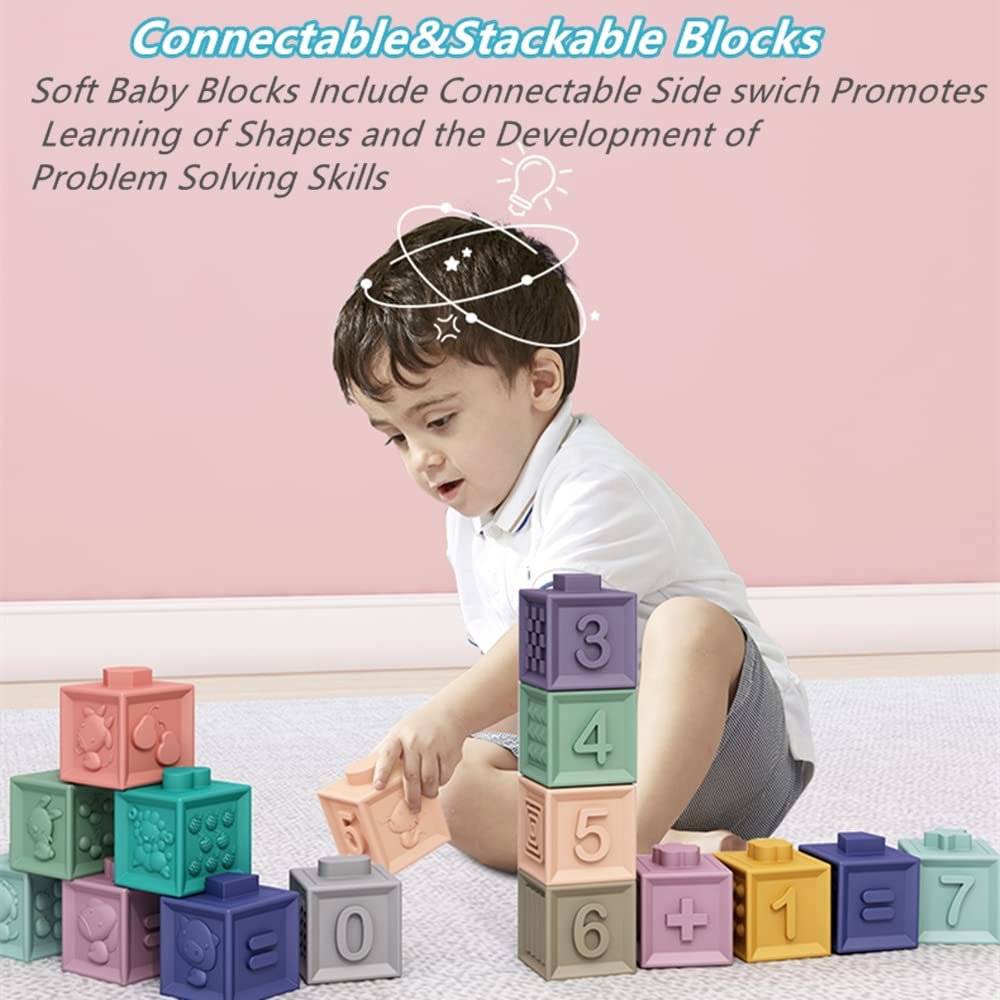This article titled “6-Month-Old Baby Developmental Milestones” provides valuable information and guidance for parents of 6-month-old babies. It outlines the exciting new milestones that babies may reach at this age, including recognizing familiar faces, laughing, grabbing toys, and sitting with support. The article also discusses the introduction of solid foods and offers tips for establishing a feeding schedule. In addition, it covers the baby’s sleep schedule, daily routine, health concerns, engaging activities, and safety tips. By reading this article, parents can better understand their baby’s development and make informed decisions to support their growth and well-being.
Developmental Milestones
Read more about the latest articles
Knowing and reacting to familiar faces
At 6 months old, babies are able to recognize and react to familiar faces. They may show excitement and joy when they see their parents or other familiar caregivers. This milestone demonstrates their growing social and emotional awareness.
Looking and interacting with themselves in the mirror
At this age, babies become fascinated with their own reflection in the mirror. They will engage in self-discovery by looking at themselves, making funny faces, and interacting with their reflection. This milestone indicates their developing sense of self-awareness.
Laughing and squealing
Laughter and squealing are common sounds to hear from a 6-month-old baby. They have discovered the joy of playful interactions and often find amusement in simple things. Laughing and squealing also serve as a form of communication and bonding with others.
Sticking their tongue out and blowing
Babies at this stage begin to explore their mouths and discover new ways to use their tongue and lips. They enjoy sticking their tongue out and blowing raspberries, which helps strengthen their oral muscles and improve coordination.
Grabbing for toys and putting them in their mouths
6-month-olds have developed better hand-eye coordination and are now able to grab objects intentionally. They enjoy reaching for toys, bringing them to their mouths, and exploring the textures and tastes. This milestone is crucial for their sensory and motor development.
Rolling from tummy to back
Rolling from tummy to back is an important milestone in a baby’s physical development. It signifies increased core strength and coordination. As they gain control over their body, babies can roll from their tummy onto their back and explore their surroundings from different perspectives.
Pushing up with straight arms while on their tummy
By 6 months old, babies can push themselves up with straight arms while lying on their tummy. This milestone indicates improved upper body strength and prepares them for crawling and other forms of mobility.
Supporting themselves while sitting by leaning on their hands
At this stage, babies can sit with support by leaning on their hands. They are gaining better control over their torso, balance, and posture. Sitting with support allows them to engage in more independent play and observe their surroundings from a seated position.
Rocking back and forth on their hands and knees
Babies at this age start rocking back and forth on their hands and knees, preparing themselves for crawling. This rocking motion helps strengthen their muscles and develop their coordination. It is an exciting milestone that signifies their increasing mobility.
Sitting unassisted
Although most babies can sit unassisted by 9 months old, some may achieve this milestone as early as 6 months old. Sitting unassisted demonstrates improved core strength, balance, and coordination. It opens up a whole new world of exploration and play for babies.
Feeding Schedule
Introduction of solid foods
At around 6 months old, babies are usually ready to start exploring solid foods alongside breast milk or formula. The introduction of solid foods is an important step in their nutritional journey and supports their growth and development.
Criteria for introducing solid foods
Before introducing solid foods, it is crucial to ensure that babies meet certain developmental milestones. They should be able to sit with support, control their head and neck, open their mouth when food is offered, swallow food without pushing it out with their tongue, and grab objects and bring them to their mouths.
Types of foods to start with
When starting solid foods, it is recommended to begin with single-ingredient foods that have been mashed, pureed, or strained. Examples include mashed fruits and vegetables, infant cereals, and pureed meats. Offering a variety of foods helps expose babies to different flavors and textures.
Introducing one new food at a time
To monitor their baby’s tolerance to new foods and potential allergies, parents should introduce one new food at a time and wait three to five days before introducing another. This allows for observation of any adverse reactions or digestive issues.
Importance of breast milk or formula
Even as solid foods are introduced, breast milk or formula remains an essential part of a baby’s diet. Most of their daily nutrition will still come from milk, and it is important to continue breastfeeding or providing formula to meet their nutritional needs.
Sleep Schedule
Similarities to 5-month sleep schedule
At 6 months old, the sleep schedule of babies is often similar to their schedule at 5 months. They still require 12-16 hours of sleep per day, with an average of two daytime naps. They may also sleep for longer stretches at night.
Total hours of sleep per day
A 6-month-old baby typically needs 12-16 hours of sleep per day, including both daytime naps and nighttime sleep. The exact amount can vary from baby to baby, but it is important to prioritize adequate sleep for their overall well-being and development.
Number and duration of daytime naps
Most 6-month-olds take around two daytime naps. The length of these naps can vary, but they generally average around three to four hours in total. Establishing consistent nap times and creating a calm sleep environment can help facilitate naps.
Longer sleep stretches at night
Many 6-month-old babies can sleep for longer stretches at night, with some even achieving nine hours or more of uninterrupted sleep. However, it is still common for babies to wake during the night for feeding or comfort. Creating a soothing bedtime routine can help promote better sleep habits.
Daily Schedule
Consistency in feeding times and wake windows
Maintaining consistency in feeding times and wake windows can help establish a predictable daily schedule for a 6-month-old baby. Offering feedings at regular intervals and recognizing their optimal awake times can contribute to a more structured day.
Structure with nap times
Implementing a structured nap time routine is important for a 6-month-old baby. This includes establishing consistent nap times, creating a sleep-conducive environment, and ensuring they are drowsy but still awake when put down for a nap.
Bedtime routine and wind-down activities
A bedtime routine plays a significant role in signalizing to a baby that it’s time to sleep. Developing a consistent bedtime routine can include activities such as a bath, reading a story, gentle music, or cuddling. These calming activities help to wind down and prepare your baby for sleep.
Health Concerns
Well-child visit and vaccination schedule
At 6 months old, your baby will have a well-child visit with their healthcare provider. This visit allows the doctor to monitor their growth, discuss any concerns or questions, and administer necessary vaccines. Following the recommended vaccination schedule is crucial for protecting your baby’s health.
Monitoring for food allergies
As solid foods are introduced, parents need to be vigilant for any signs of food allergies or intolerances. Common symptoms include vomiting, diarrhea, rash, or facial swelling. If you suspect an allergic reaction, consult with your doctor to determine the appropriate steps to take.
Common illnesses at this age
Babies at 6 months old are susceptible to common illnesses such as colds, diarrhea, vomiting, ear infections, and hand, foot, and mouth disease. These illnesses can cause discomfort and may require medical attention if symptoms persist or worsen.
When to seek medical attention
It is important to seek medical attention if your baby experiences a fever lasting longer than three days, persistent ear pain, signs of dehydration, difficulty breathing, increased fussiness, or decreased energy. These symptoms may indicate a more serious health issue and require prompt medical evaluation.
Activities
Importance of tummy time
Tummy time is crucial for a 6-month-old baby’s development. It helps strengthen their neck, shoulder, and core muscles while promoting motor skills such as rolling, reaching, and crawling. Encouraging tummy time in short, supervised sessions can contribute to their overall physical development.
Encouraging grabbing and reaching for toys
Babies at this age are developing their hand-eye coordination and fine motor skills. Providing age-appropriate toys and encouraging them to grab, reach, and manipulate objects helps foster their motor skills and cognitive development.
Playing music and singing
Singing and playing music can be a delightful way to engage your 6-month-old baby. Listening to different melodies, rhythms, and sounds helps stimulate their auditory senses and encourages language development. Singing to your baby can also enhance bonding and create a soothing environment.
Limiting screen time
Screen time, including exposure to television, smartphones, and tablets, is not recommended for babies younger than 2 years old. Limiting screen time allows babies to engage in the real world, interact with their caregivers, and explore their surroundings freely.
Encouraging supported sitting and standing
Babies at 6 months old are often eager to practice sitting with support and may even begin attempting to stand with assistance. Providing a safe and supportive environment for these activities helps strengthen their core muscles, balance, and coordination.
Cause and effect learning
Babies at this age are fascinated by cause and effect relationships. Engaging in activities that involve dropping or manipulating objects can help them understand the concept of cause and effect. This type of play encourages their cognitive development and problem-solving skills.
Safety Tips
Baby-proofing the house
Baby-proofing your home is essential to ensure a safe environment for your 6-month-old baby. This includes securing cabinets and drawers, covering electrical outlets, installing safety gates, and removing any small objects that may pose a choking hazard.
Using a properly installed rear-facing car seat
Using a rear-facing car seat is crucial for your baby’s safety during car rides. It is important to ensure that the car seat is properly installed and meets safety standards. Follow the manufacturer’s instructions and consult with a professional if needed.
Using baby gates
Installing baby gates at the top and bottom of staircases and other hazardous areas helps prevent accidental falls and injuries. Make sure the gates are securely attached and designed to withstand the weight and strength of your baby.
Removing small objects from reach
Babies explore the world by putting objects in their mouths. It is crucial to remove any small objects that could pose a choking hazard from your baby’s reach. Regularly inspect the environment for potential hazards and address them accordingly.
Read more about the latest articles
Supervising and not leaving them unattended
Never leave your 6-month-old baby unattended, especially in situations where they could be at risk of injury. Constant supervision is necessary to ensure their safety and well-being. Even a few moments of inattention can lead to accidents or harm.
Transitioning to their own room
Around 6 months old, some parents may decide to transition their baby to their own room for sleep. This can be done gradually, starting with naps or a portion of the night. Monitor your baby’s readiness for this transition and ensure a safe sleep environment in their new space.
In conclusion, the 6-month milestone brings exciting developmental changes for your baby. Knowing and reacting to familiar faces, exploring solid foods, and maintaining a consistent sleep and daily schedule are essential aspects of their growth. By providing a safe environment, engaging in age-appropriate activities, and closely monitoring their health, you can support their continued development and ensure their well-being. Enjoy this special time as your baby blossoms into a little explorer, ready to experience everything the world has to offer.













